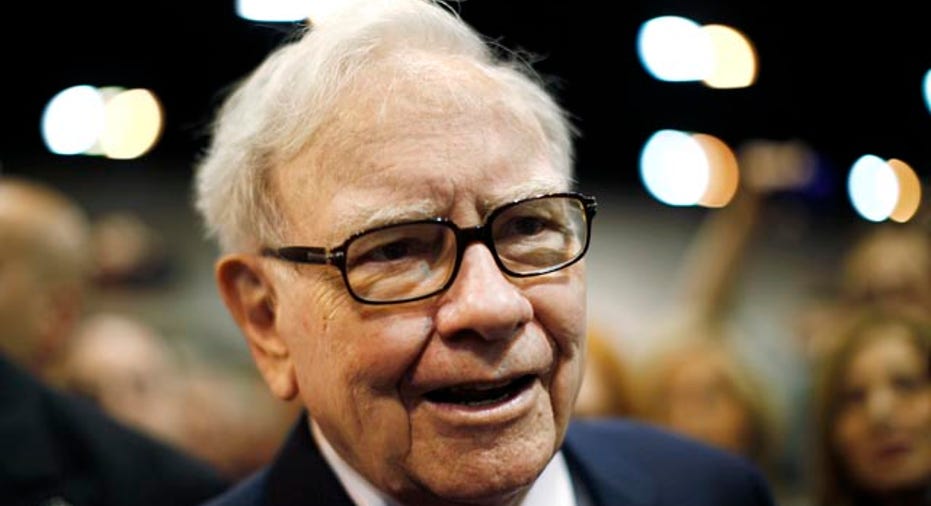How to Invest Like Warren Buffett

Berkshire Hathaway chief executive Warren Buffet is widely considered to be one of the world's wisest and most successful investors. Even if you don't have $50 billion to invest with, taking a lead from the 'Oracle of Omaha' can pay big dividends.
Measure performance by "per-share progress" A valuable perspective into Warren Buffett's investing style can be gained by looking at the annual report of his holding company, Berkshire Hathaway, says Paul L. Sloate, president and CEO of investment management firm Green Drake Partners. In it, Buffett outlines some of the key tenets of his investing philosophy.
In his 1983 report, Buffet affirmed: "Our long-term goal is to maximize Berkshire's average annual rate of gain in intrinsic business value on a per-share basis. We do not measure the economic significance or performance of Berkshire by its size; we measure by per-share progress."
Sloate explains, Buffet "does not pay attention to the short-term fluctuations in value of the underlying businesses or the stock of Berkshire Hathaway, but focuses instead on the ability of the companies in which he invests to increase their intrinsic value over time. The faster this group of companies grows its intrinsic value, the faster the value of Berkshire Hathaway increases."
Buy undervalued stocks Buffett identifies this growth potential by locating promising "undervalued" stocks. This is done by analyzing the underlying company's financial statements and other key indicators to determine the stock's intrinsic value. Of course, this system is never fool-proof, as it's impossible to accurately predict how a stock will fare, but employing Buffett's value-investing strategy should provide you with a sound indicator.
To determine the intrinsic value of a business, Buffett actually uses a rather basic Net Present Value equation, Sloate explains. Buffet defines this intrinsic value as "the discounted value of the cash that can be taken out of a business during its remaining life."
Return on capital In the same 1983 letter to Berkshire Hathaway's shareholders, Buffett highlights the importance of owning or having a stake in a diversified group of businesses "that consistently earn above average returns on capital."
But what exactly qualifies as "above average returns on capital" for the investing mogul?
According to Sloate, Buffet actually provides his shareholders with these parameters in a 2011 annual report, in which he reviews his manufacturing, service, and retailing operations.
"Some of the businesses enjoy terrific economics, measured by earnings on unleveraged net tangible assets that run from 25% after-tax to more than 100%. Others produce good returns in the area of 12% - 20%. A few, however, have very poor returns, a result of some serious mistakes I made in my job of capital allocation," the report says.
Applying these principles While it's unlikely that the average investor will be able to imitate Buffett's success, they can certainly apply these basic principles to their own investing.
"Whether purchasing a bond, a stock, a piece of real estate, or a business, the average person can evaluate the cash flows and their sustainability. Thus, he or she can compute an intrinsic value," Sloate explains.
Sloate says that for real estate and private businesses, he or she can determine the free cash flow of the real estate or business and an unlevered return on capital.
For public companies, he or she can find readily available data sources, such as Google Finance, which will provide properly computed unlevered returns on capital for individual public companies and analyst estimates of future free cash flow. Investors can then use this data to compare the price for the cash flow stream to the asset's intrinsic value and return on capital.



















